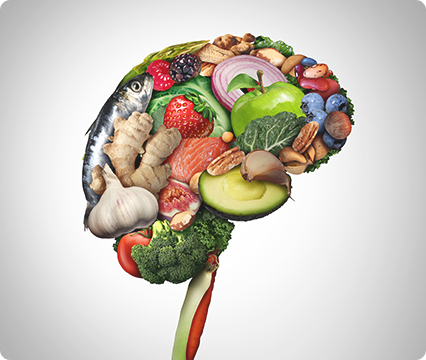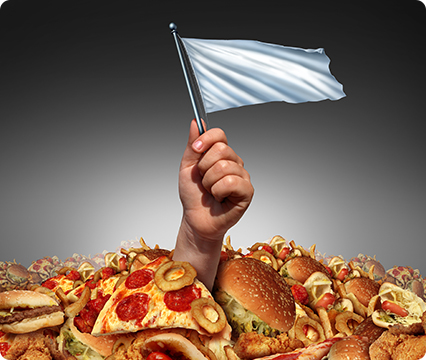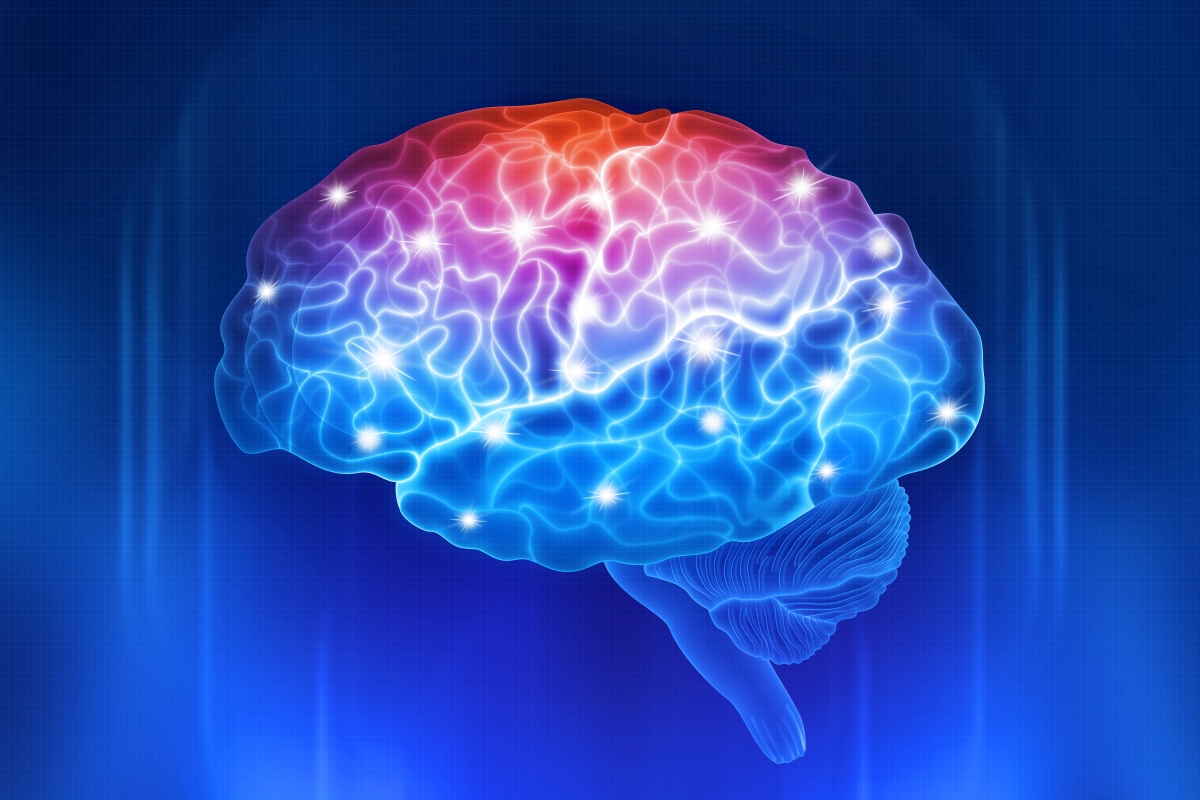Food reward and food Choice. An inquiry through the liking and wanting model

Understanding Food Reward and Eating Behavior in Consumer Choices
If individuals with a stronger pleasure response and desire for food find it harder to consume fewer calories (Ikeda et al., 2005), then obesity may partly stem from the limited choices provided by food companies—offering only two extremes, such as low-calorie vs. high-calorie or healthy vs. unhealthy options. A new conceptual approach to reward systems differentiates between *liking*—the enjoyment derived from food—and *wanting*—the motivation, craving, or desire to eat. This study by Recio-Román, Recio-Menéndez & Román-González (2020) demonstrates that both pleasure (*liking*) and desire (*wanting*), as well as their interaction, significantly influence food choices and intake. Food reward responses are closely connected to eating behavior and can contribute to excessive calorie consumption. Based on responses to a self-administered questionnaire assessing *liking* and *wanting* attitudes, three consumer segments were identified: *Reward lovers*, *Half epicurious*, and *Non-indulgents*, each displaying distinct food choice behaviors. Findings reveal that caloric intake varies by segment. Expanding food choices to provide more balanced options would be beneficial for consumers, businesses, and society as a whole. [NPID: Consumer choice, self-control, taste, bundles, food reward, food choice, liking-wanting, obesity, variety-seeking, health]
Year: 2020
 Navigation
Navigation







